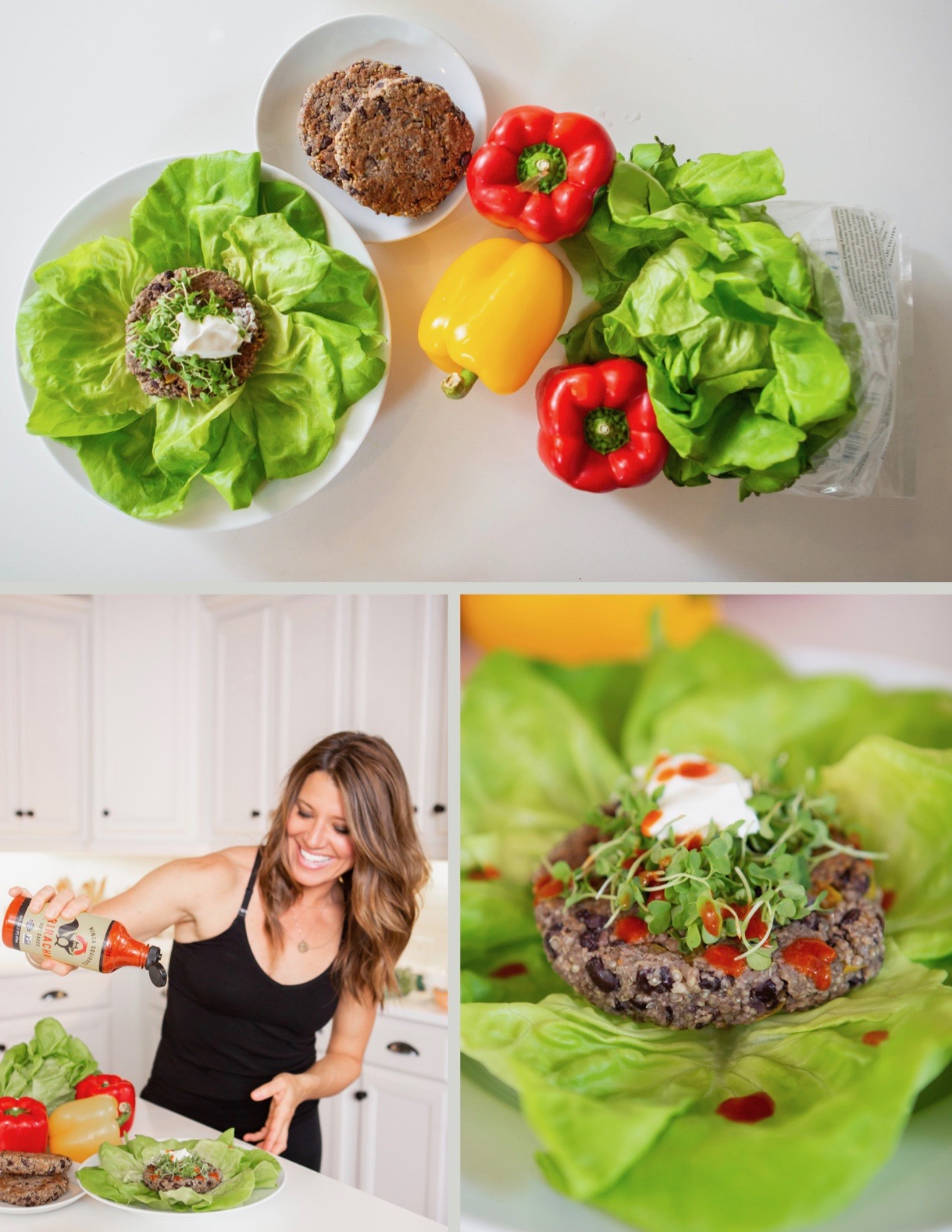"N" IS FOR NUTRIENT DENSITY
Apr 16, 2019
Nutrient Density. Two words I repeat over and over with my clients because I think they are really the key to building a healthy body.
Nutrient Density means: choosing the most nutrient rich foods you possibly can for each meal and snack. For example, instead of a sugar-laden and processed granola bar, choose a tablespoon full of sugar-free almond butter and an apple. Rather than cereal for breakfast, scramble 2 organic eggs and stir in some arugula and mushrooms. This way, you’re getting protein and healthy fat from the eggs, and nutrients from the veggies. The idea is that, given your circumstances at the moment, choose the healthiest option that you can.
This is easier said than done because we often have lots of options laid out in front of us. Sure, there are veggies in the fridge and fruit in a bowl on the counter! But there are potato chips in the pantry and there’s still some ice cream left in the freezer, too. Let’s take a quick look at how to increase the nutrient density in any given meal.
AT BREAKFAST
Instead of an egg fried in butter and an english muffin, try a piece of sprouted or mulit-seed (like Dave’s Bread), toasted, with mashed avocado and topped with an egg fried in 1 tsp. coconut oil.
A meal like this offers fiber, heart and brain healthy fats, protein, and an array of vitamins & minerals like selenium, zinc, and copper.

AT LUNCH
Instead of a salad with just lettuce, carrots, and tomatoes, try a salad with 2 kinds of dark leafy green, and chop a wide variety of veggies like: red onion, yellow and red bell peppers, cherry tomatoes, cucumber, radishes and broccoli. Then, add chickpeas or your favorite bean, and a handful of walnuts or almonds or pumpkin seeds. For the final touch, throw in dried gogi berries and some roasted veggies leftover from last night’s dinner—dress with a clean vinaigrette. Can you just imagine a salad like this?
This meal just might help you conquer the world before 2pm because it’s loaded with vitamins and minerals like: calcium, magnesium, vitamin E, selenium, vitamins E and A, folic acid, potassium, B vitamins, and zinc. Packed with protein, and fiber….this meal is highly anti-inflammatory, and will lower your LDL cholesterol.

AT DINNER
Instead of spaghetti and plain meatballs, try adding finely chopped spinach, onions, mushrooms, and carrots to the meatball mixture and use a pasta made of chickpeas or lentils instead of white flour. Serve alongside a kale salad with shaved parmesan cheese.
This meal boasts another anti-inflammatory all-star line up of protein, healthy fats, a wide variety of vitamins and minerals, along with antioxidants and fiber.
Nutrient Density boils down to tweaking our thinking regarding how to build a meal. Go get creative and make your body and (belly) happy.

